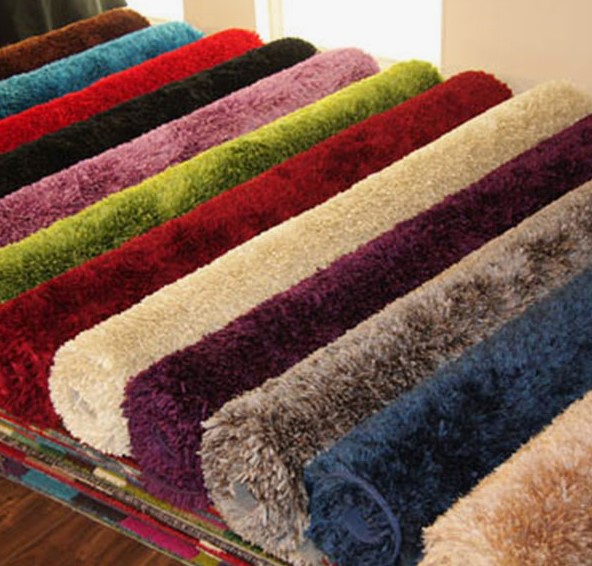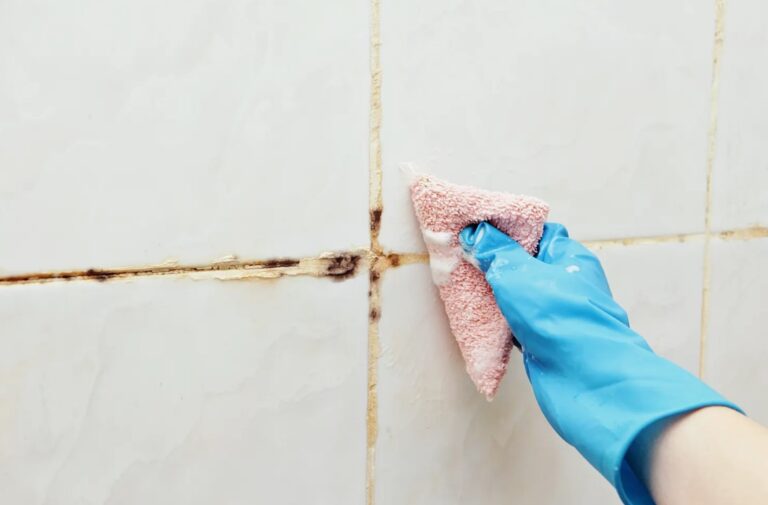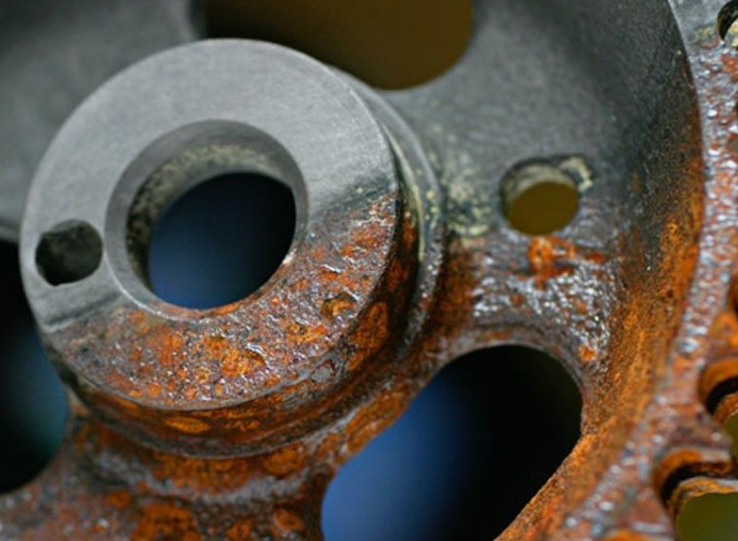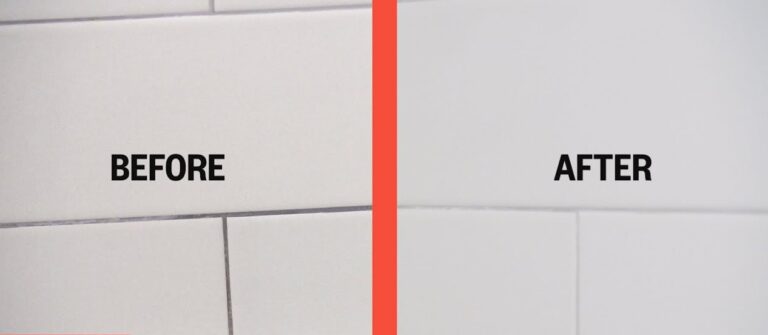Keeping carpets clean can feel like an uphill battle, especially when spills and stains seem inevitable. But before you reach for expensive commercial cleaners loaded with chemicals, consider trying a humble yet powerful alternative—vinegar. This DIY carpet-cleaning powerhouse is eco-friendly, cost-effective, and highly effective at tackling odours and stains.
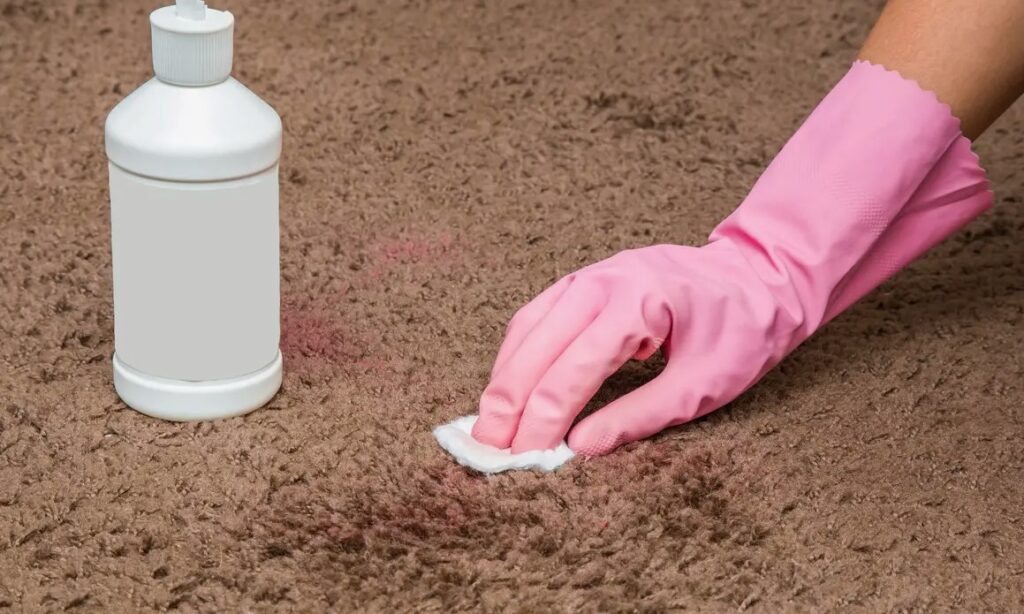
This guide will walk you through everything you need to know about cleaning your carpets with vinegar, including why it works, how to use it properly, and tips for stain removal, all while keeping your carpets safe. Let’s get started!
The Science Behind Vinegar’s Cleaning Power
Before we move to the “how-to” section, it’s worth understanding why vinegar is such a powerful cleaning agent. The key lies in its composition.
Vinegar comprises acetic acid (usually around 5%), giving it antibacterial and deodorizing properties. Acetic acid breaks down grease, grime, and other organic compounds, making them easier to clean. Its natural acidity also neutralizes the alkaline content in some stains, such as wine or coffee, while removing embedded odours.
This makes vinegar effective for surface cleaning and addressing deeper carpet issues like lingering smells.
Pro Tip: Always dilute the vinegar with water on carpets to prevent discolouration or damage.
Step-by-Step Guide to Cleaning Carpets with Vinegar
Now that you understand the benefits let’s get into the nitty-gritty. Here’s a straightforward step-by-step guide to cleaning your carpets with vinegar:
Step 1: Gather Your Cleaning Supplies
Here’s what you’ll need:
- White distilled vinegar (avoid apple cider vinegar or other types with colour)
- Lukewarm water
- A spray bottle
- A clean microfiber cloth or sponge
- A soft-bristled brush (optional for tougher stains)
- Baking soda (optional for odour removal)
Step 2: Test a Small Area
Before applying vinegar to your carpet, test it in a small, inconspicuous area to ensure it doesn’t cause discolouration or fibre damage. Wait for 15-20 minutes and check the results.
Step 3: Prepare Your Vinegar Solution
Mix one part white vinegar with two parts lukewarm water in a spray bottle. This dilution ensures the acidity is gentle for most carpets.
Step 4: Light Cleaning or Spot Treatment
- For general cleaning: Lightly spray the vinegar solution across the area you want to clean. Please don’t soak the carpet; too much moisture can make it harder to dry.
- For stain removal: Apply the solution liberally to the stained area and allow it to sit for 5-10 minutes to break down the stain.
Step 5: Blot, Don’t Rub
Using a clean microfiber cloth or sponge, blot the treated area gently to lift dirt and moisture. Rubbing can push the stain deeper into carpet fibres, so be patient and dab gently.
Step 6: Rinse with Plain Water
Spray the treated area with clean water to rinse out the vinegar residue. Blot again with a fresh cloth to remove excess water.
Step 7: Dry Thoroughly
To prevent mould or mildew, ensure the cleaned area dries fully. Open windows, use fans or place a clean towel on the area and press down firmly to absorb remaining moisture.
Tips for Removing Tough Stains with Vinegar
Vinegar can handle a range of common carpet stains. Here are some tips for tackling specific problems:
Pet Stains
Mix one part white vinegar with one part water. After blotting the stain, sprinkle baking soda and spray your vinegar solution. The mixture will bubble; leave it for 5-10 minutes before rinsing and blotting.
Coffee or Wine
Blot the spill as much as possible, then apply a mixture of vinegar and dish soap (one part vinegar, one part soap, and two parts water). Follow the usual blotting and rinsing steps.
Grease or Oil
Sprinkle baking soda on the affected area to absorb excess grease. After vacuuming, apply your vinegar solution and gently blot.
Old, Set-In Stains
Mix vinegar with equal parts baking soda to create a paste. Apply it to the stain, scrub lightly with a soft brush, and leave it for 15-20 minutes before rinsing.
Safety Precautions When Using Vinegar on Carpets
While vinegar is generally safe to use, taking a few precautions can protect your carpets from undesired effects:
- Avoid over-saturating your carpets to prevent mold growth.
- Never use vinegar on carpets made from natural fibers like wool or silk, as the acid can cause deterioration.
- Always test in a small area first, especially on brightly coloured or delicate carpets.
- Keep children and pets away from the area during cleaning to avoid accidental exposure.
FAQs About Cleaning Carpets with Vinegar
Can vinegar remove all types of stains?
While vinegar is excellent for many stains, tough spots like ink, permanent markers, or synthetic dyes may require professional cleaning.
Will the vinegar smell linger in my home?
No. Once the vinegar dries, the smell will fade. Rinsing the carpet thoroughly with water can help the odour dissipate faster.
Is vinegar safe for my vacuum?
Yes! Ensure your carpet is completely dry before vacuuming to avoid electrical hazards or damaging the machine.
Can I mix vinegar with other cleaners?
Avoid mixing vinegar with bleach or peroxide, as this can release harmful fumes. Stick to safe, complementary substances like baking soda or mild dish soap.
Transform Your Carpet Cleaning Routine with Vinegar
Using vinegar for carpet cleaning is a simple, effective, and eco-friendly alternative to expensive commercial cleaners. Whether facing a specific stain or just refreshing your home, this versatile solution does the job without harming your wallet or the environment.
Have you tried cleaning your carpets with vinegar? Share your experience and tips in the comments below. We’d love to hear your DIY success stories!

